Poison
So I am sure you have a lot of questions related to the
poisonous aspects of Aconitum napellus, so here are my
best answers to some of the most common ones:
How do people generally get poisoned?
The most common way is through improperly ingesting A.
napellus for medicinal effects (link to herbal medicine),
and it has also been reported from accidental ingestion,
although this is not particularly common because the plant does
in fact have very distinctive taste. The last common way people
get infected is by accidental children interaction with the
plant without the proper protection.
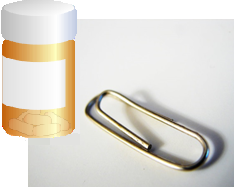
What dosage is needed for poisonous effects?
About 3mg of the plant for an adult is considered a deadly dose
(or about 3/1000th the mass of a paper clip).
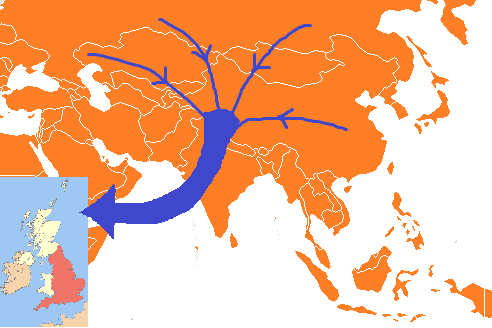
Where in world does this happen most often?
The most common cases are in places like India or Asia where the
use of herbal medicine is more popular, but because of increased
interest in homeopathic medicine in Europe and England it is
slowly being reported more there too.
How rare is it?
There are really only a few cases of human poisoning by
Aconitum napellus reported every year.
What is the most poisonous parts of the plant?
The root is consisted of .3-2% aconitine (poison) which means
you would only have to ingest about .15g of the root to reach a
deadly dosage. There is a 0.2-1.2% aconite concentration in
leaves which means .6g would be needed to kill a person. Lastly,
there are 1-2% aconite in the actual seeds of the plant, which
means that an adult only needs to take in about .15g of the seed
to put themselves in an extremely bad position.
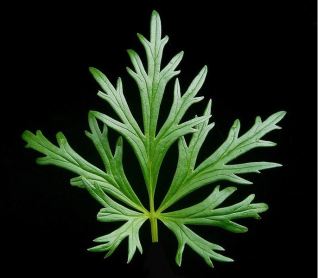
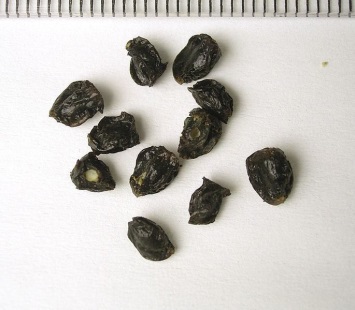
Can a person be poisoned get it even if he/she don’t eat
the plant?
Yes! The poison can be absorbed through the mucous membranes or
lipid membranes like the skin, so it is best to use gloves if
you are even going to touch the plant.
What are the symptoms (and timeline) of poisoning?
In a case study done by Ravi Puella called "A case of fatal
Aconitine poisoning by Monkshood ingestion." The victim in
question ate the plant, had nausea and abdominal pain 2.5 hours
later; at 3 hours he was throwing up profusely, and at 3.75
hours he collapsed and dead with massive intrapulmonary
hemorrhage and edema. To read more on this article
click here. Other symptoms include burning and
tingling feelings in your fingers and toes, hot and cold flashes
involving both sweating and shivering, tachycardia, nausea,
abdominal pain, respiratory paralysis, and eventually
ventricular dysrhythmia and paralysis, which may lead to death.
What kind of treatment is available?
Magnesium can be used to help combat the heart arrhythmias
which are a common and often fatal result of aconite poisoning.
A heart arrhythmia is when a person’s heart is beating randomly
rather than normal steady pace.
What is the poison in A. napellus exactly, and what is
its general structure?
The main poisons in Aconitum napellus are two alkaloids aconitine
and its homolog, mesaconitine. Alkaloids are defined as
naturally occurring cyclic organic compounds with nitrogen in a
negative nitrogen state. The aconitine and mesaconitine
compounds have a special ester group (special ordering of
elements) that is available to bind to other areas. This ester
group is what helps to give both aconitine and mesaconitine
their poisonous capabilities as a neurotoxin, because this is
what provides compounds with the ability to bind to the Na+
protein channel and throw off the entire nervous pathway of an
animal.
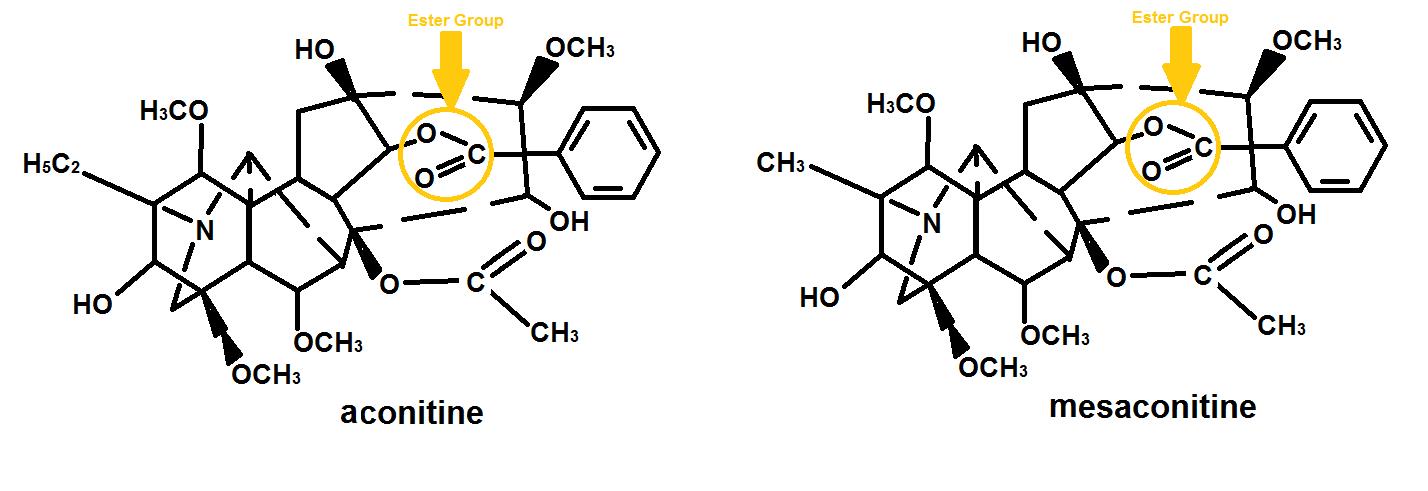
How does aconite cause the effects and symptoms that it
does?
Basically, the ester group of the compound binds to part of the
sodium channels in neurons (nerve cells that send our nervous
signals through the use of electric potentials), causing the
channel to open. This allows the neuron to depolarize (exciting
the neuron) and pass down a signal, then, once the signal is
sent, the aconite also keeps the channels from closing which
makes it nearly impossible to repolarize the membrane so that
new signals can be sent. This effect is what also gives the
plant the ability to be a painkiller by blocking any potential
pain signals from the brain.
What should you know to prevent being poisoned yourself?
Be careful not to eat plants you don’t know in nature, and read
up on herbal medicines before you take them!
To go back to the homepage click here.
